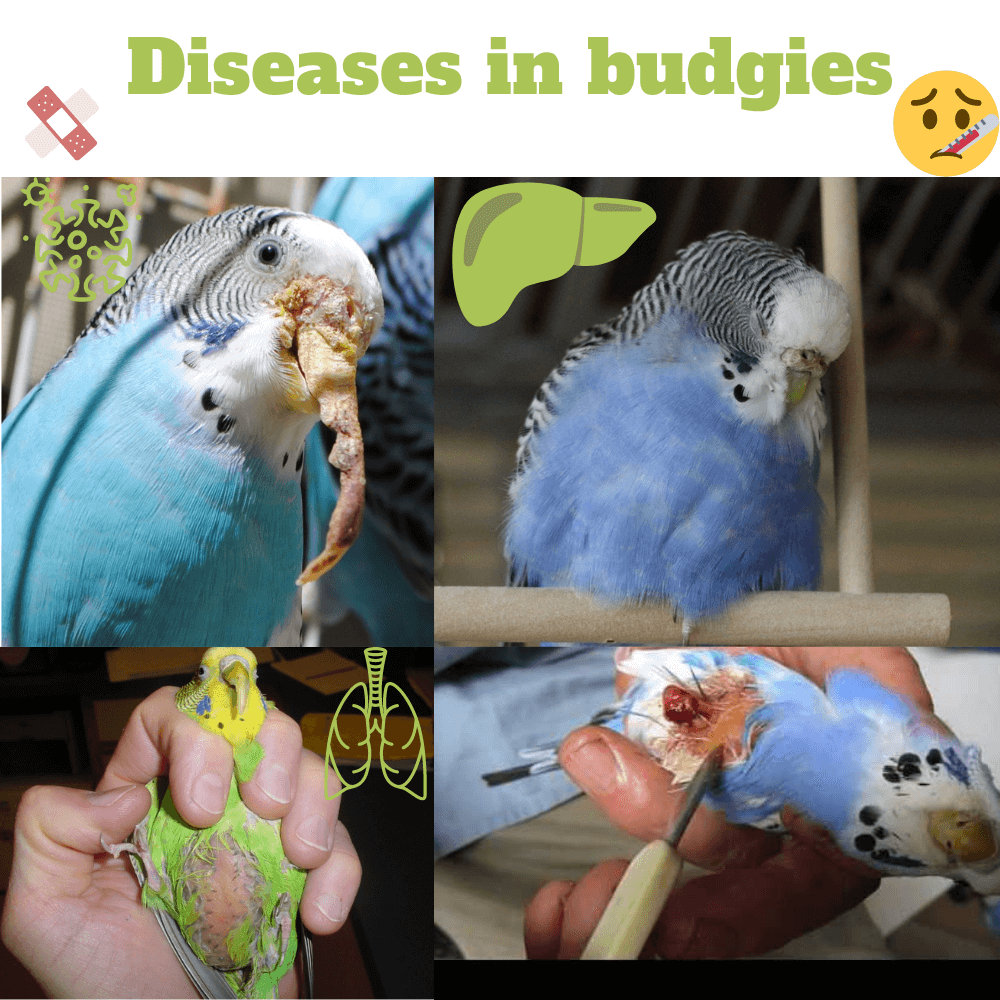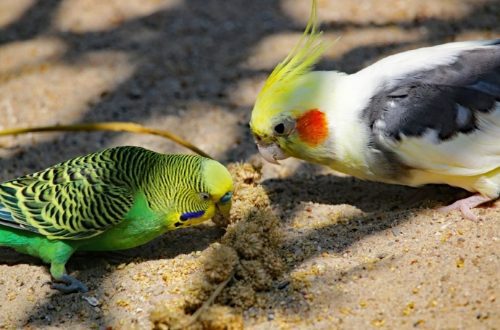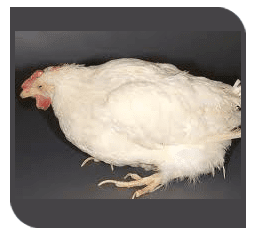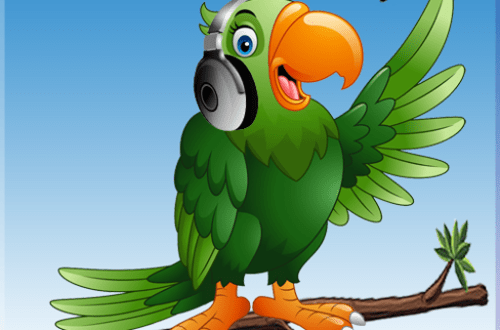
Diseases of budgerigars
Budgerigars have good immunity, proper care and quality nutrition are sufficient conditions for a long and healthy bird life. But sometimes a pet can still get sick … What are the symptoms of the main diseases of budgerigars and how to treat them?
The main diseases of wavy parrots
Cold
A sharp change in temperature has a detrimental effect on a budgerigar, and any draft can cause illness. Therefore, the vents and windows in the room where the parrot lives must be closed. If the pet is still sick, your task is to provide first aid.
- Heat the bird with a lamp. The cage is hung with a towel on three sides, and a lamp with a power of 40-60 watts at a distance of 20 cm is directed to the open side. Menthol oil (eucalyptus) can be used.
- Add a decoction of chamomile to the drinker, while the water changes at least once every 12 hours, since such a solution quickly sours. You can also add vitamin (ampoule) or a few drops of lemon juice to the water, in this case the water changes daily.
- Take tea tree oil inhalations.
However, keep in mind that all this is just an aid that can alleviate the condition, but will not cure the parrot. Therefore, contact your veterinarian as soon as possible.
Ticks and other parasites
Parasites not only bother the bird, but can infect you and other pets. Therefore, do not delay a visit to the veterinarian. There are several types of parasites:
- Tracheal mite. The parrot often throws its head back, breathing is wheezing and difficult, it spits up food eaten and coughs. If the pet is not treated, it will most likely die from suffocation. Be sure to put the sick person in a separate cage and strictly follow the recommendations of the veterinarian.
- Red bird mite. The parrot’s skin becomes gray, an inflammatory process occurs on the mucous membranes and on the muscles. If the disease is not treated, the bird may die.
- Scabies mite. It affects the paws, wax and beak, the bird suffers from incessant itching and combs the affected area until it bleeds. If the disease is started, the beak is deformed, and fingers and even entire limbs can be lost.
- Parasitic worm. They live in the gastrointestinal tract. The parrot is losing weight, becoming apathetic. In addition to treatment, quarantine may be required.
- Downy-eater. The parrot constantly scratches, and if you carefully examine the bird, you can notice dark small dots (about 2 mm in diameter). In addition to treating the parrot with special preparations, you will need to disinfect the cage.
Avitaminosis
Vitamin deficiency leads to serious consequences: convulsions, anemia, rickets, death of embryos, inflammation of the eyelids. Your task is to provide the bird with proper and balanced nutrition. However, do not get carried away: an overabundance of vitamins can also lead to sad consequences. Follow the recommendations of experts.
salmonellosis
This is an infectious disease caused by Salmonella – Escherichia coli. Be careful – this disease is dangerous for humans! Signs:
- Diarrhea (litter – greenish-orange, sometimes – with an admixture of blood).
- General exhaustion.
- Conjunctivitis.
- Lethargy.
- Blueness of beak and limbs.
Treatment is prescribed by a veterinarian, usually a course of antibiotics. Unfortunately, treatment is not always effective: the parrot may die. Therefore, the best way to deal with the disease is prevention. Add vitamin mixtures to the feed. A vaccine against salmonellosis has also been developed.
Gout
A metabolic disorder can cause an excess of uric acid as well as salt in the blood. The disease is insidious, since the initial stage has no pronounced symptoms, and it is easy to start.
- Whitish nodules around joints and tendons.
- Puffiness
If the disease is started, the pet may die. Also, gout can become chronic, and this form is difficult to treat. Prevention: providing the parrot with high-quality, complete food.
Remember the main thing: if any alarming symptoms appear, you should contact your veterinarian as soon as possible. Procrastination in this case is literally like death. Are you ready to risk your pet’s life?





